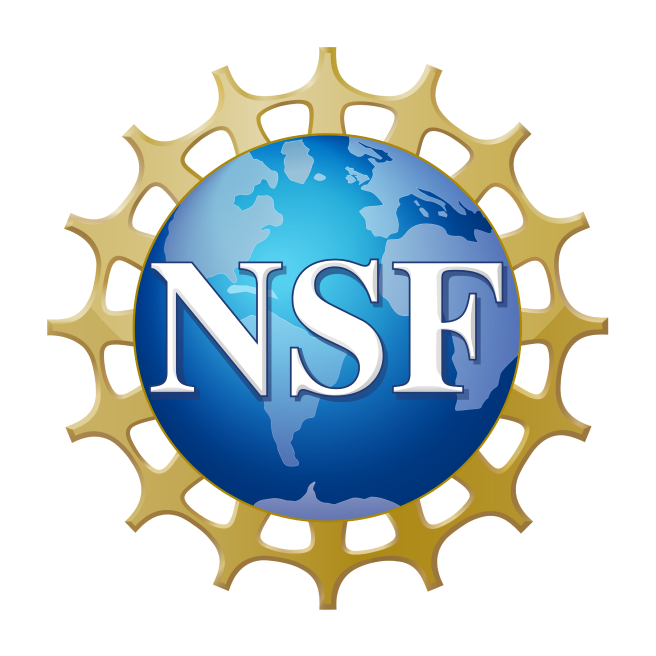Permafrost Region, AK
Building resilient Arctic Communities to Permafrost Thaw Hazards
Organization: Woodwell Climate Research Center
Primary Investigator: Anna Liljedahl
Research Track: Building Resilient Communities Through Preparedness
NSF Abstract
Warming Arctic temperatures are causing permafrost regions of the far north latitudes to thaw for the first time in millennia. Permafrost consists of frozen sediments that, when temperatures rise like they are now, cause the ice inside them to melt. Ice-like minerals, called clathrates, that abound in permafrost, also decompose and release additional water and methane. The combination of liquefaction of the sediment and corresponding decrease in sediment volume causes deflation, resulting in ground instability and subsidence or collapse of the land surface. At present, most communities across Alaska do not have a good understanding of permafrost or a comprehensive and consistent approach to understanding permafrost and its impact on infrastructure and how to potentially mitigate its effects, especially communities in rural areas with small numbers of people; those that are unincorporated with limited local government and technological resources; and those without adequate access to or knowledge of data resources that would allow them to identify locations of vulnerability to permafrost collapse or determine the best ways to avoid or address it.
In some cases, permafrost decomposition has led to the closure of roads, airfields, hospitals, and other essential infrastructure components, requiring relocation and/or costly repairs. For these communities, detailed and up-to-date map products and access to information on permafrost areas and the impacts of its decomposition in a warming Arctic are essential in emergency response and long-term planning for any community. This Civic Innovation Challenge (CIVIC) planning process brings scientists and Arctic indigenous people and their representing organizations and other interested parties together to co-design an Alaskan hazard map that can be used to identify permafrost areas that can put communities in peril and can identify safe locations for the relocation of structures and permafrost-compromised buildings and installations. Such a map would provide a much-needed high-resolution tool to help improve Alaskan community resilience and inform their planning and possible relocation of people and infrastructure for the future in a rapidly warming Arctic. One project goal is to co-design a map and application that could be used by anyone, regardless of the user's technical or financial resources. The planning process will develop the conceptual framework for a follow-in implementation project that would provide guidance and information for any community in Alaska. The final product would include information on what data people should look for and look at, where to find it, and how to interact with, use, and apply that data for permafrost thaw hazard assessment and planning. The planning project will build upon the existing Permafrost Discovery Gateway imagery platform that is hosted by the Arctic Research Consortium of the United States. This is a free online resource that aims to enable big geospatial data creation and knowledge generation. Interviews with project participants and co-design of the application will help support community discovery of fine-resolution maps of ground subsidence rates obtained from satellite imagery analyses. The project team will also explore new AI tools that could support communities. Broader impacts of the project include development of a tool to help Alaskans discover areas at high risk and vulnerability to permafrost decomposition due to climate change, and improve community resilience, planning, protection, and relocation of assets and homes to areas free of permafrost.
The goal of this Civic Innovation Challenge (CIVIC) planning period is to bring together key stakeholders from across Alaska and from the Arctic science community to co-design the elements, applications, the user interface, and visualizations of a meter-scale, high-resolution, online, permafrost map, and a conceptualization framework and guidance document for Alaska and its permafrost-impacted areas for a project that would be developed and implemented in a follow-on CIVIC proposal. This planning process will result in Alaskan community access to high-resolution, remote sensing and geospatial images and information on permafrost locations and where safe locations are for new infrastructure or the relocation of that which is already or soon to be compromised by permafrost decomposition. The online application will combine ground subsidence data gleaned from satellite interferometric synthetic aperture radar (InSAR) images. Algorithms will be created and implemented to optimize big data creation of workflows developed by Permafrost Discovery Gateway science members. This enables communities or researchers with limited technical expertise or resources to work with big geospatial data. Partners in the design of the envisioned application include members of the Permafrost Discovery Gateway; the Alaska Coastal Cooperative; the Permafrost Pathways organization, which was started with private funding and includes experts in climate science, policy action, and environmental justice; the Radar Remote Sensing Group at the University of Alaska Fairbanks; and the Coastal Villages Region Fund, which represents 20 Alaskan communities along the Bering Sea coastline. This planning process is designed to improve the understanding of how community-based efforts can be designed to provide improved nature-based solutions to climate change and will foster and strengthen collaboration between researchers and community stakeholders, develop new collaborations and partnerships, refine the research vision to enable submission of a successful follow-on proposal that will implement the community vision, and provide information to address research questions and develop evaluation methods and measures for the follow-on project.
This project is in response to the Civic Innovation Challenge program's Track A, Climate and Environmental Instability - Building Resilient Communities through Co-Design, Adaptation, and Mitigation, and is a collaboration between NSF, the Department of Homeland Security, and the Department of Energy. It was funded by the NSF Directorate for Geosciences.
This award reflects NSF's statutory mission and has been deemed worthy of support through evaluation using the Foundation's intellectual merit and broader impacts review criteria.

